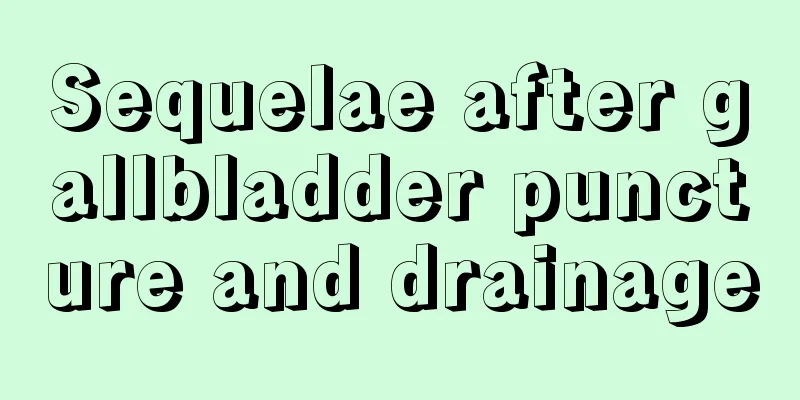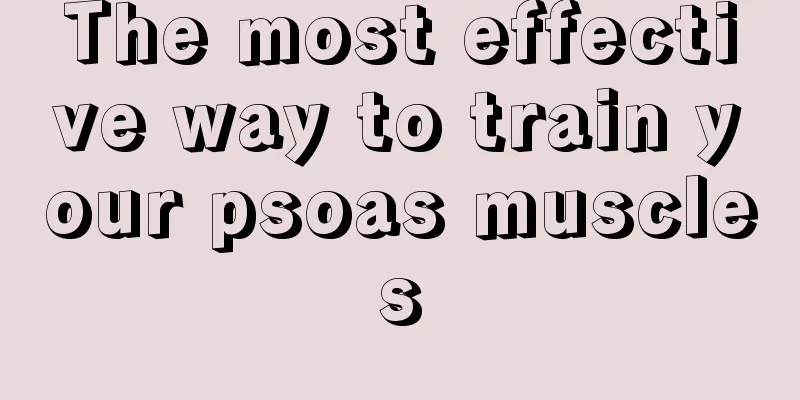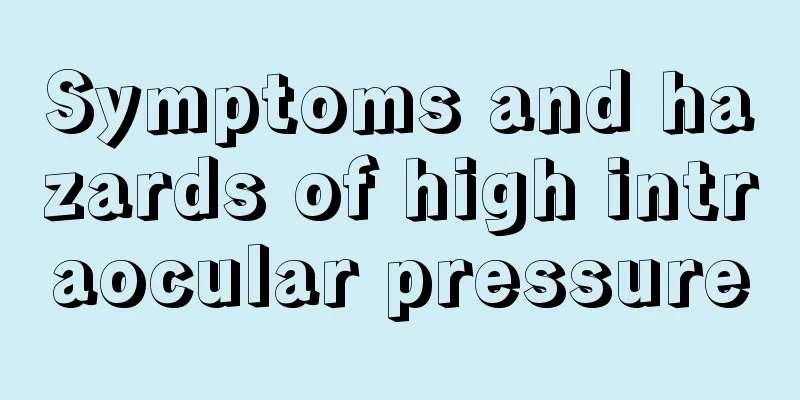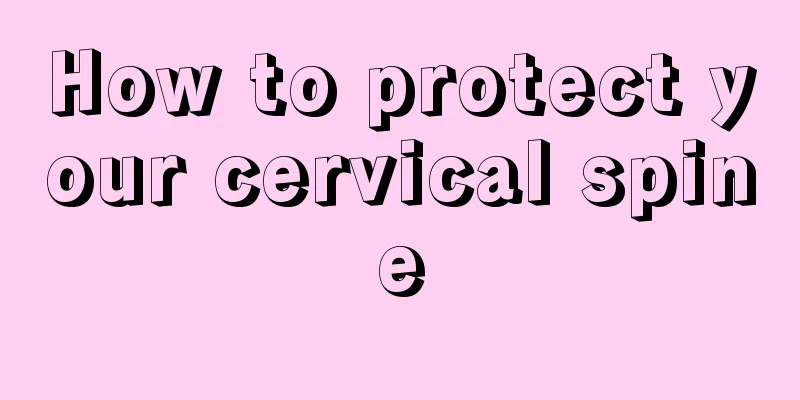Sequelae after gallbladder puncture and drainage

|
Any part and organ in the human body has the chance of developing disease, and the causes of these organs' diseases are often related to many of the individual's lifestyles. If you want to confirm the specific disease when your gallbladder is suffering from a disease, sometimes you need to undergo a gallbladder puncture and surgery. Although this surgery is currently a relatively simple one, it may also have some health effects on the patient after the surgery. About Gallbladder Drainage Once patients with gallstones develop common bile duct stones and blockage, they may develop life-threatening acute suppurative cholangitis. At this time, the condition is often serious and patients often have symptoms of infectious shock. At this time, patients have poor tolerance for surgery and the risk of surgery is high. Therefore, gallbladder puncture and drainage can temporarily relieve bile duct obstruction with minimal trauma, which most patients can tolerate. Cholecystectomy refers to the percutaneous puncture of the peritoneal gallbladder to drain the bile accumulated in the gallbladder, thereby alleviating the symptoms of bile tract infection. Combined with active fluid replacement, anti-infection and other supportive treatments, biliary tract infection can be temporarily controlled. Although gallbladder puncture and drainage can temporarily alleviate the patient's infection symptoms, it also has the risk of causing bile leakage, bleeding at the puncture site, infection, etc. The most important thing is that the bile duct stones have not been removed and recurrence of infection may occur at any time. Therefore, it is necessary to actively provide anti-infection and fluid replacement while completing relevant preoperative preparations. After the patient's condition stabilizes, surgical stone removal treatment should be performed. Only by removing the stones can the obstruction be truly relieved and the patient's condition completely cured. Complications after gallbladder puncture and drainage Gallbladder leakage, bile peritonitis, bleeding, etc. Indications 1. Acute suppurative cholecystitis, patients with critical condition or old and weak body, or patients with serious heart, lung, liver, or kidney diseases who cannot tolerate Cholecystectomy. 2. Acute severe cholecystitis, when the intrahepatic bile duct is not obviously dilated but the gallbladder is significantly enlarged, the patient can use the bile Cyst drainage reduces bile duct pressure. 3. Patients with common bile duct obstruction and gallbladder enlargement, especially those with critical condition after PTCD failure. Contraindications 1. People with severe bleeding tendency. 2. Those whose gallbladder is in a free state. 3. The gallbladder is not clearly displayed or there is no suitable puncture needle insertion route. 4. Patients with Charcot triad, and B-ultrasound shows small gallbladder and dilated bile duct. 5. Patients with diffuse peritonitis and suspected gallbladder perforation. 6. Thick gallbladder wall, suspected of cancer. 7. Large amount of ascites. Precautions 1. Minimize damage to the liver and gallbladder. 2. Avoid puncture and catheterization during deep breathing or deep breathing. It is best to hold your breath in a calm breathing state. 3. Puncture and catheterization should be performed when the ultrasound image is clear. Postoperative Care 1. Ask the patient to lie flat for 24 hours and avoid large movements to prevent the cannula from coming out. 2. Observe the patient's subjective symptoms, blood pressure, pulse, bile flow and properties. 3. Use hemostatic drugs according to the patient's condition. 4. Regularly observe the position of the drainage tube (the length of the part left outside the body) and adjust it in time. 5. Use sensitive antibiotics for treatment based on the bacterial culture results. 6. Patients need to fast for 24 hours after surgery, and gradually resume their diet after confirming that no complications have occurred. They should eat small meals frequently and be given a low-fat, high-protein, easily digestible semi-liquid diet. |
<<: Will the right aortic arch heal itself?
>>: What are the dangers of aortic valve thickening
Recommend
Is a cylindrical pillow good for the cervical spine?
In the medical field, it is believed that the cli...
What is an overbite
Many of our friends may not be familiar with the ...
How to confirm that bleeding is caused by cervical cancer
Cervical cancer bleeding refers to abnormal bleed...
How long can a patient with late-stage bile duct cancer live
Cholangiocarcinoma is a very dangerous disease. P...
Is multinodular liver cancer serious?
Now, there is a relatively new drug microsphere, ...
Dull pain in lower abdomen after moxibustion
The pain in the lower abdomen after moxibustion i...
What are the harmful manifestations of bone cancer
Bone tumors are tumors that occur in bones or the...
To prevent liver cancer, press five acupuncture points. You should also know three tips for preventing liver cancer
The onset of liver cancer is related to many fact...
What happens if the wound of thyroid cancer is itchy
The itching of the incision of thyroid cancer pat...
The role of vitamin 21
I believe many people don’t know what the functio...
How do I wash the mold spots on clothes?
When cleaning mold spots on clothes, we must firs...
Calories in kelp
You won’t get fat after eating kelp. Kelp is rich...
What is the main cause of cervical cancer?
Cancer is very common in life, and many women suf...
What causes blackheads on the face
Blackheads on the face are a source of distress t...
What are the benefits of soaking your feet in ginger water in winter
The weather is relatively cold in winter. Soaking...









